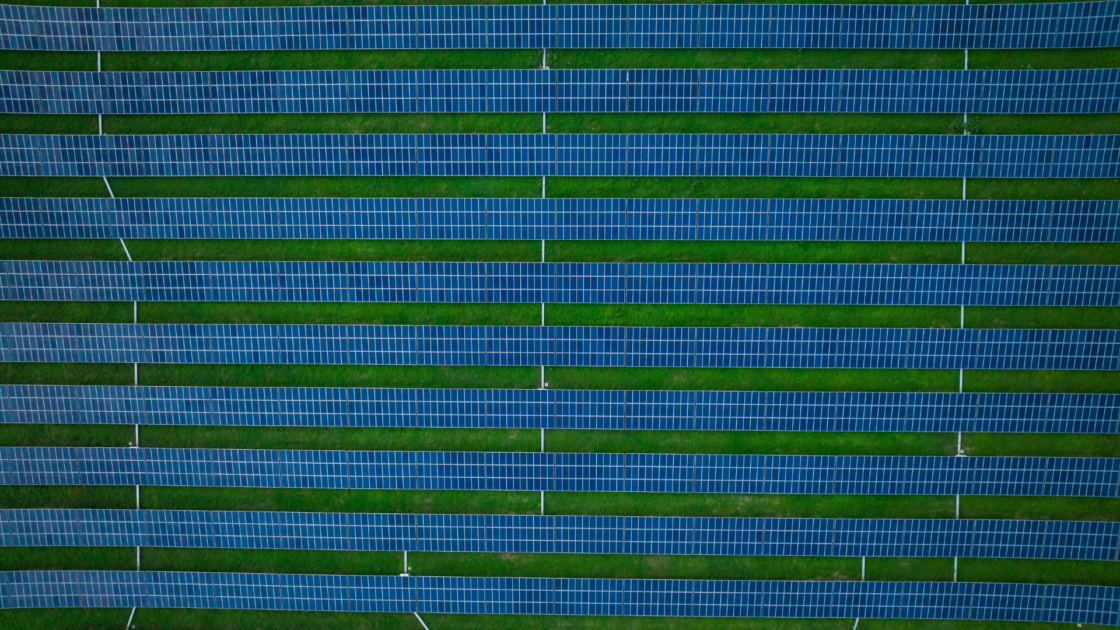Australia sees 20-fold increase in large-scale solar installations over six years

Australia’s large-scale solar installations have increased 20-fold over the past six years. In 2023, renewable energy accounted for 35% of Australia’s total electricity generation, reaching a record high of 96 TWh. Solar power was the largest source of renewable energy, making up 16% of total generation, followed by wind at 12% and hydro at 6%.
The National Electricity Market (NEM) saw renewable energy comprising 37% of the electricity mix. The expansion of solar photovoltaics (PV) and wind power has been the main drivers of this growth. Notably, large-scale solar power grew significantly in South Australia, with a 47% year-on-year increase between 2022 and 2023.
Coal generation has seen a steady decline, dropping to 46% in 2023 from 64% a decade ago. Fossil fuel generation also fell to record lows in the Southern and Eastern states, declining by an average of 7% over the past decade.
Tasmania and South Australia led in renewable energy consumption, with Tasmania achieving 98% renewable energy generation, mainly from hydropower, and South Australia generating 74% from wind and solar.
New South Wales and Queensland were the top producers of large-scale solar power, contributing 39% and 37% of Australia’s utility-scale solar power, respectively. Despite its leadership in renewable energy, New South Wales still relied heavily on coal, with 37% of its electricity coming from this source. The state’s largest coal-fired power station, Eraring, which was scheduled to close in 2025, will now remain operational until 2027 to ensure maximum electricity supply.
